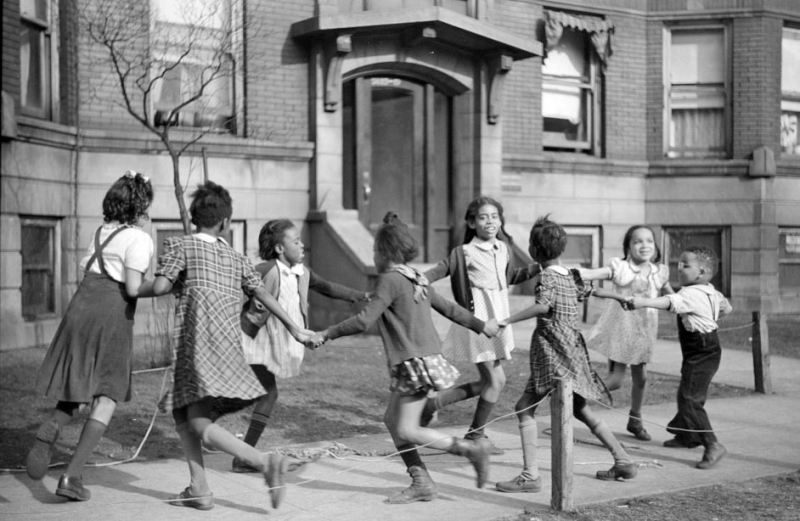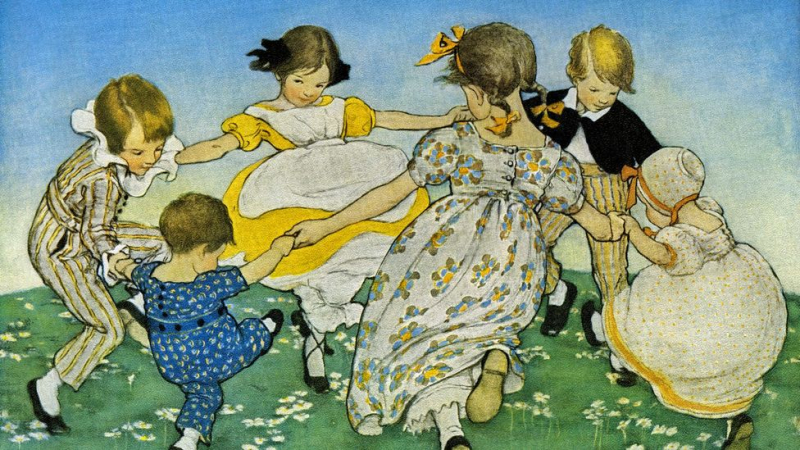The Dark Side Of "Ring Around The Rosie"

Most people are familiar with the popular children's nursery song "Ring Around the Rosie." While the poem appears to be innocent and generally light-hearted at first look, many people believe it has deeper overtones. The Bubonic Plague was raging across Europe at the time of the creation of the Ring around the Rosie. This led many to believe that the poem was written from the perspective of youngsters during the time of the epidemic.
"Ring around the Rosie," the first line of the jingle, is said to describe the scarlet rashes that would form on the sick. "Pockets full of posies" is claimed to reflect either the good luck charm of posies, which were thought to protect against the plague, or the fact that posies were occasionally used to mask the smell of dead bodies. The third line varies depending on who you heard it from. "Atischoo, atischoo," (representing sneezes), or "Ashes, ashes," according to some. It might be sneezing, a symptom of the plague, or the fact that Londoners frequently incinerated their dead due to the vast quantity of bodies that accumulated quickly. "We all fall down" depicts the certainty of death that many children accepted during the plague's era.
While it is unclear whether "Ring Around the Rosie" really depicts the Bubonic Plague, it does correspond to certain aspects of the milieu at the time. Despite its gruesome past, the nursery rhyme is still repeated by children all over the world.











